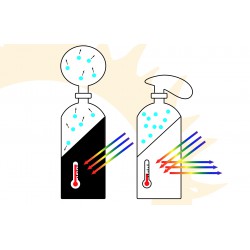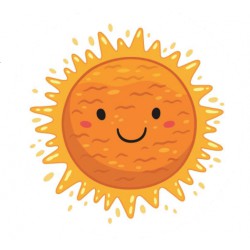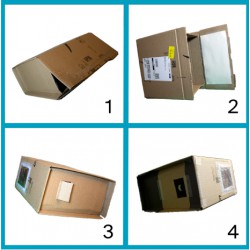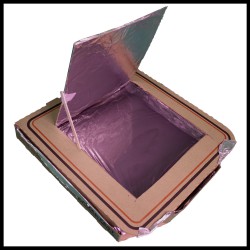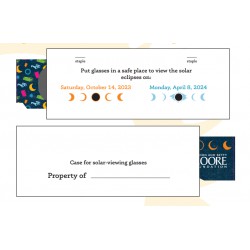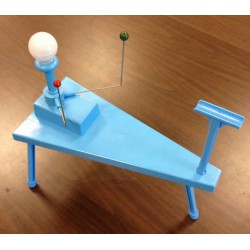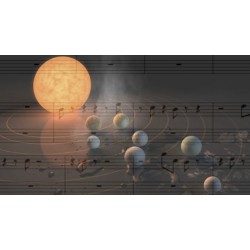Sort
Activities for Tweens There are 201 items.
Stuck on what activities can be engaging for tweens? Explore this collection that is curated for ages 9-12 to find the perfect activity for your patrons.
-
Solar Energy Quick Facilitation Guide
Patrons will be able to see how different colored objects passively absorb sunlight at different rates. It’s easy to set up! 0
Check It Out
-
Pocket Solar System
Visitors create a scaled model of the Solar System using a long piece of paper, such as receipt paper, to understand the distances of objects in space. 0
Check It Out
How-to Video -
Guide to Building Solar Eclipse Viewers
Patrons build a safe eclipse viewer using a cereal box and foil. This is an indirect way of viewing the sun using a projection casted by the viewer. 0
Check It Out
-
Construya un horno solar
¡Los mecenas construyen un horno solar con una caja de pizza para cocinar con el sol! Esta actividad viene con instrucciones paso a paso, recetas de hornos solares y una extensión para construir un alambique solar que puede purificar el agua. 0
Check It Out
-
Bricolaje estuche protector para sus gafas de visión...
Esta actividad hace que los usuarios hagan un estuche protector personalizado para mantener seguros sus anteojos de visualización solar. 0
Check It Out
-
Kepler Mission: Table-top Models
Explore a series of table-top models, some ready-made and others you can build, demonstrating the principle of how Kepler will find extrasolar planets by the transit method. 0
Check It Out
-
Make Your Own TRAPPIST-1 Music
The Spitzer Space Telescope revealed that there's a pattern to the way the planets move around the TRAPPIST-1 star. When this pattern is set to music, they can portray a beautiful melody! Try taking the transit notes and add your own music to them, then share your creation on social media with #MyTrappist1. 0
Check It Out
-
NASA's Space Jam
Learners with no prior coding experience can explore how to use computers to create and animate solar systems and then use them as a musical instrument! This scaffolded set of activities allow participants to use computer science to understand our universe and to create music based on astronomical data. 0
Check It Out
-
Guía para construir visores de eclipses solares
Los patrocinadores construyen un visor de eclipses seguro utilizando una caja de cereal y papel de aluminio. Esta es una forma indirecta de ver el sol mediante una proyección emitida por el espectador. 0
Check It Out



